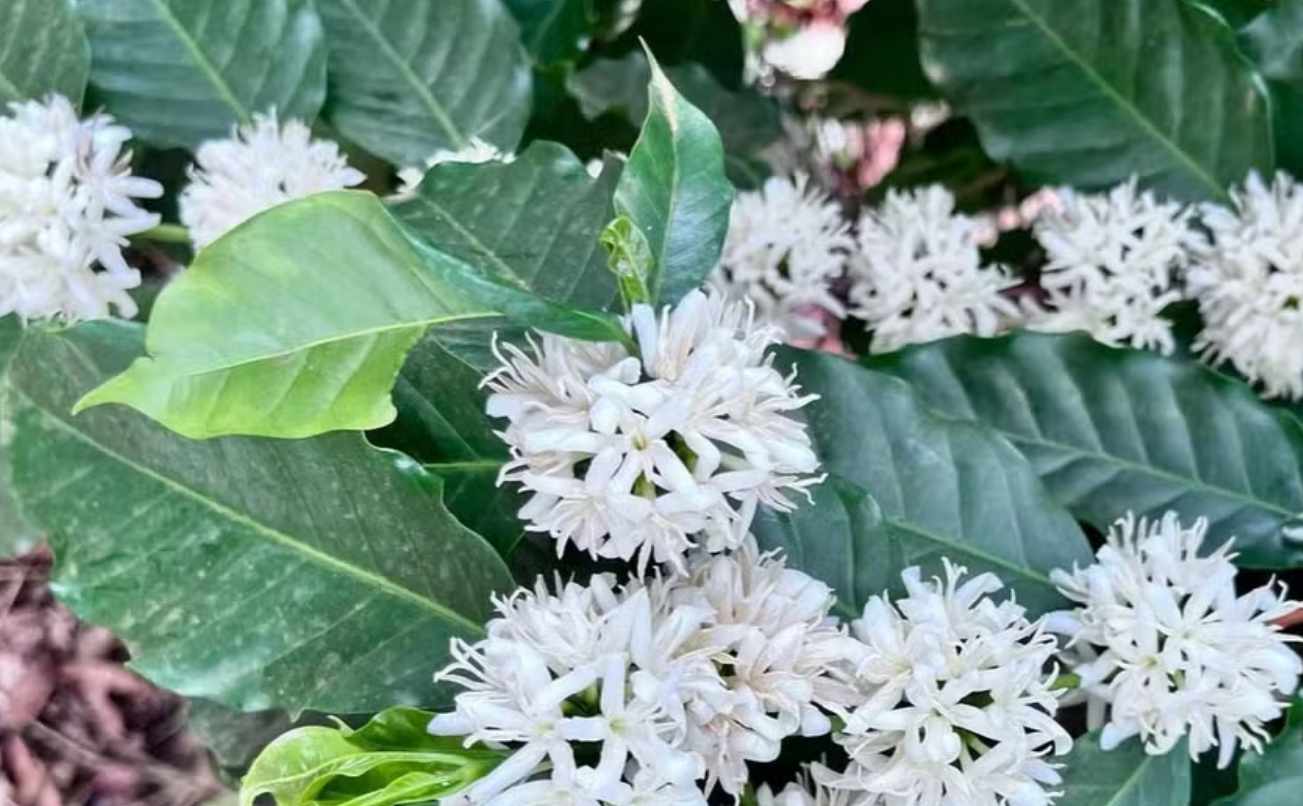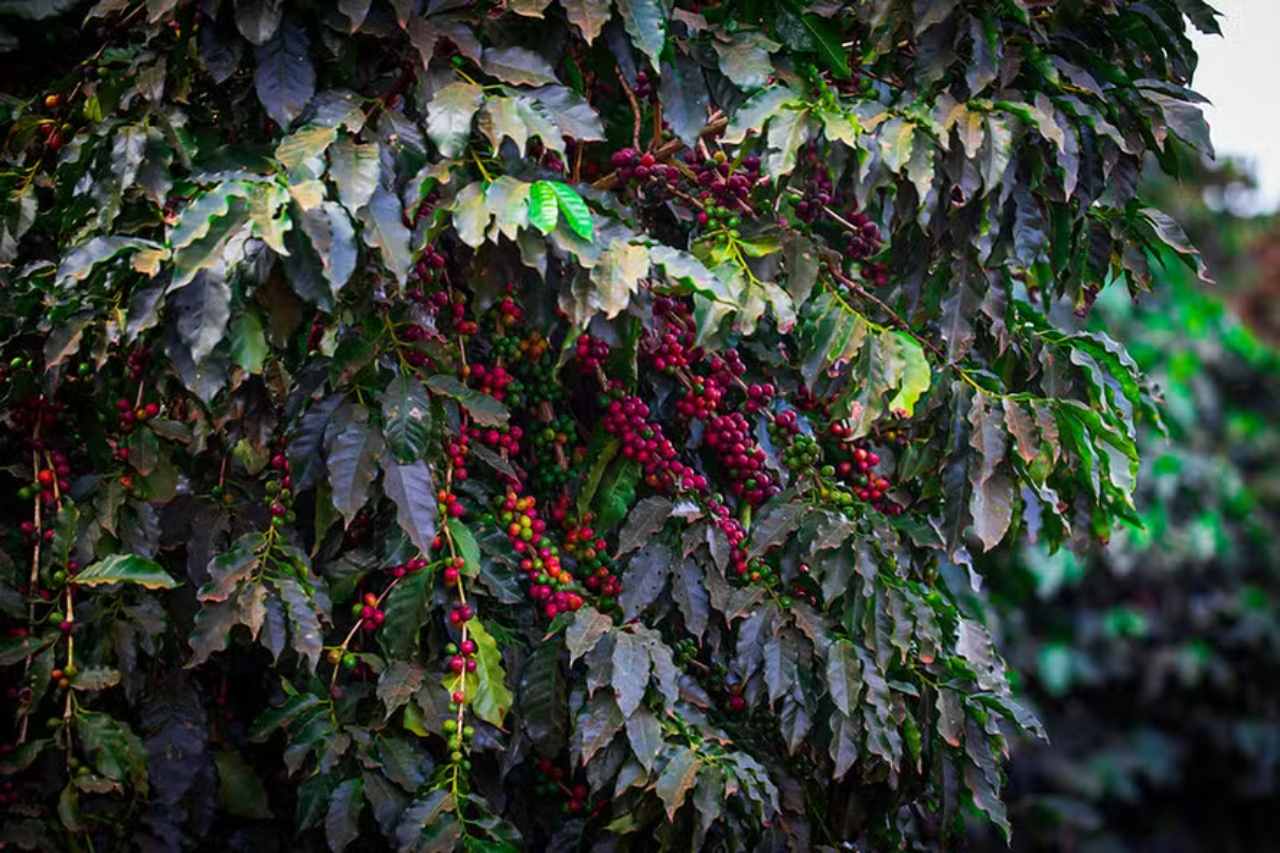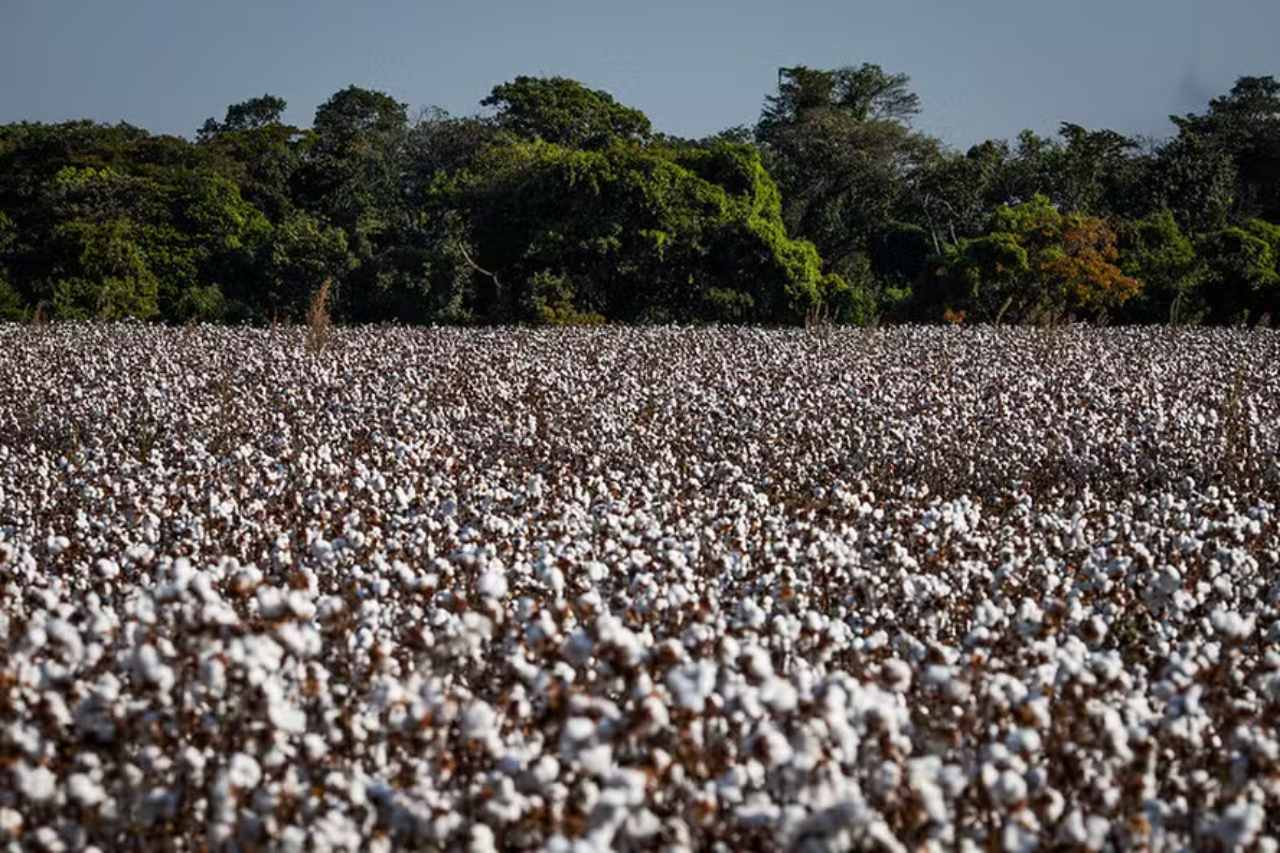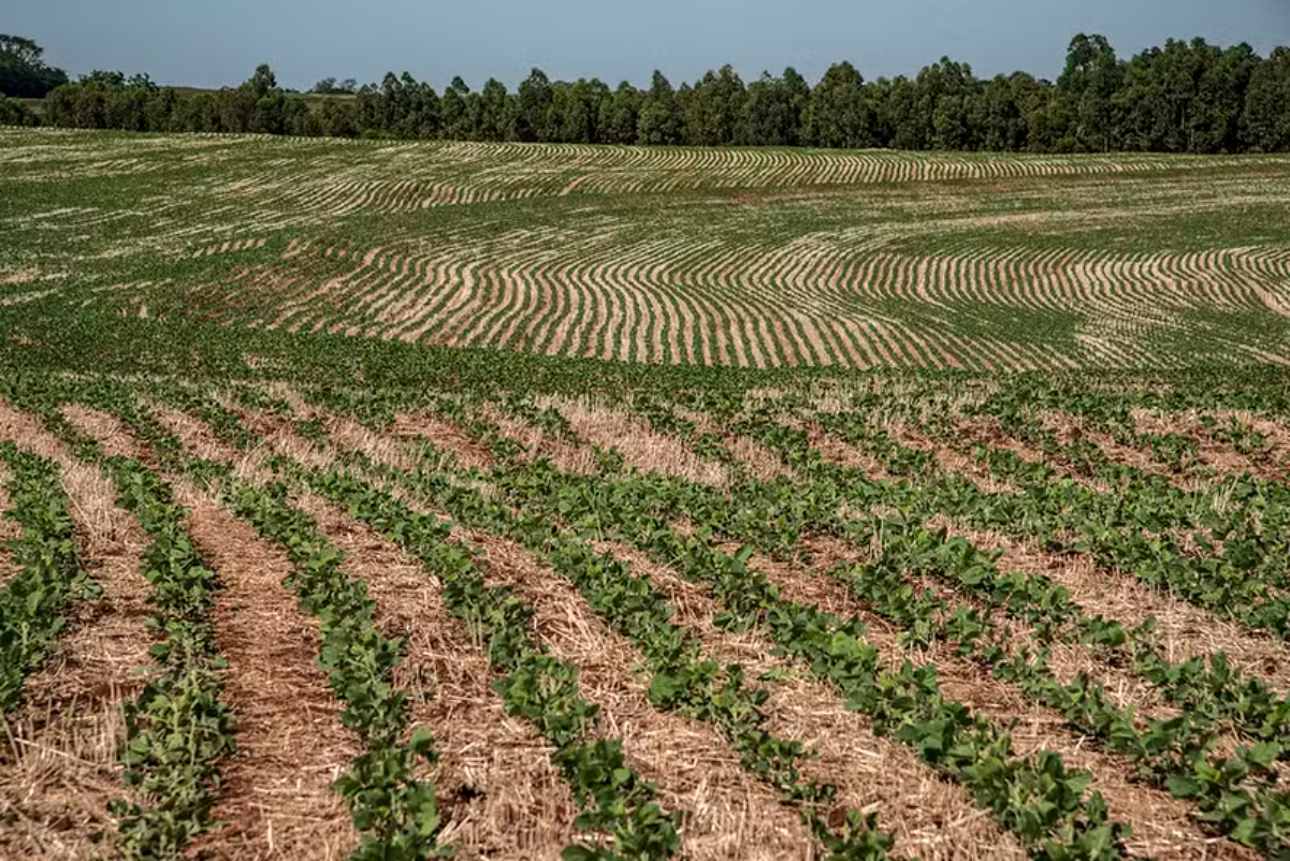Flowers Signal the Resumption of Plant Development for the 2025/26 Harvest
Following recent rains, coffee producers are reporting favorable flowering conditions in various coffee-growing regions of Brazil. In Minas Gerais, a state responsible for a significant share of the country’s arabica production, rainfall has helped consolidate the flowers on coffee plants.
White and aromatic, these flowers indicate the beginning of plant development for the 2025/26 harvest, suggesting that fruit formation is likely. However, they do not guarantee coffee quality or consistency, as uniform rainfall is still needed, according to producers and national cooperatives.
After facing more than 160 days of high temperatures and drought in parts of Minas Gerais and Espírito Santo, the recent rains—starting mid-last week and expected to continue—are providing relief to the coffee plantations, as reported by Brazilian cooperatives.
On the downside, many harvests were either advanced or delayed, impacting the first bloom, which could result in productivity losses.
“Even with a good initial bloom, it is crucial that favorable weather conditions persist over the coming months to ensure uninterrupted fruit development,” states Embrapa Café.
It’s too early to assess the quality of the 2025/26 harvest since rainfall has not yet fully addressed the water deficit, especially in areas without irrigation. However, these rains offer some relief to producers, who are sharing images of blooming, flower-laden plants across social media and coffee-growing groups. Agronomists from the Cooperativa dos Cafeicultores do Sul do Espírito Santo (Cafesul) emphasize that this is a critical time for fertilization, which can boost productivity.
“The flowering phase is pivotal in determining the crop’s production potential. Generally, the more nodes along the branches, the more flowers will appear. More flowers lead to more potential fruit. Of course, many factors can still affect the harvest, but the productive potential is determined at this stage,” explains the cooperative’s report on the conilon bloom.
A producer from Varginha, Minas Gerais, shared that his thousands of arabica plants are in full bloom, emphasizing the importance of providing water to prevent premature flower drop.
The largest coffee cooperative in Latin America is currently assessing conditions across plantations with its technical team to determine whether plant development aligns with the expected recovery schedule in this La Niña year.
This flowering phase has also influenced international coffee prices, with both arabica in New York and robusta in London experiencing drops on Monday, October 21.
About a month ago, when the first signs of rain for mid-October appeared, the Faemg/Senar Technical and Managerial Assistance Program (ATeG Café+Forte) had forecast a 23% reduction in arabica production in Minas Gerais by the end of this year. This estimate is more severe than the national average reported by the Companhia Nacional de Abastecimento (Conab), which projected a 0.5% drop in the 2024/25 harvest compared to 2023/24.
Consulting firms remain cautious about adjusting their projections, as the market closely monitors the days ahead—when flowers begin to fall, and fruit formation progresses—until the cherries fully develop, providing a clearer picture of the coffee crop’s potential.





